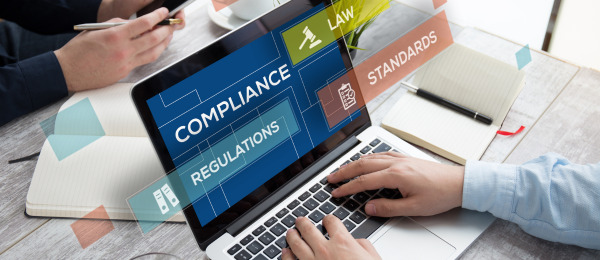The revised Network and Information Systems (NIS2) Directive brings significant changes for organizations across the EU. As we venture into this new era of heightened cybersecurity, it’s crucial to understand what these changes mean for your Identity and Access Management (IAM) systems and how you can achieve compliance.
In this article, we’ll cover the key NIS2 requirements, necessary IAM system adjustments, and best practices for compliance. Let’s work together to navigate NIS2 compliance!
Key Requirements for NIS2 Compliance
The NIS2 Directive aims to strengthen cybersecurity across all EU member states. Its scope extends to a wide range of companies and organizations, including essential service providers, digital service providers, and others not previously covered. NIS2 imposes stringent security requirements, necessitating robust, efficient IAM systems with secure authentication and granular access controls. Companies must also report incidents that could significantly impact service continuity.
IAM System Adjustments
In light of these requirements, several adjustments must be made to IAM systems:
- Comprehensive Assessment: Start by conducting a thorough assessment of your current IAM systems and processes to identify gaps in compliance with NIS2 requirements.
- Improving Authentication and Access Controls: Implement necessary improvements to access control and authentication mechanisms. This could include deploying multi-factor authentication (MFA), refining role-based access control (RBAC) policies, and strengthening password policies.
- Enhanced Monitoring and Auditing: Invest in advanced analytics tools, establish regular audit processes, and train staff to identify and address potential security risks.
- Incident Response Planning: Develop and test a comprehensive incident response plan, outlining procedures to be followed in the event of a security breach, including roles, responsibilities, communication protocols, and recovery procedures.
- Continuous Improvement Process: Establish a process for regular review and updates to IAM systems, processes, and incident response plans to maintain compliance and adapt to evolving threats.
Best Practices for Compliance
Compliance with NIS2 does not have to be a daunting task. Here are some best practices that can guide your journey:
- Ensure that the assessment of your IAM system is thorough and involves all relevant stakeholders. It should cover all components, including access control, authentication, monitoring, auditing, and incident response capabilities.
- When implementing improvements, prioritize based on risk. Focus first on areas with the highest risk or those that are most deficient.
- Regularly update your incident response plan and conduct drills to ensure that all team members know their roles and responsibilities.
- Foster a culture of continuous improvement. Cyber threats evolve rapidly, and your IAM systems must keep pace.
The NIS2 Directive represents an essential step toward a secure and resilient digital environment within the EU. By following these steps, you can strengthen your IAM systems, safeguard your critical infrastructure, and protect sensitive data. In case you need support, don’t hesitate to reach out to our experts for consultation.


